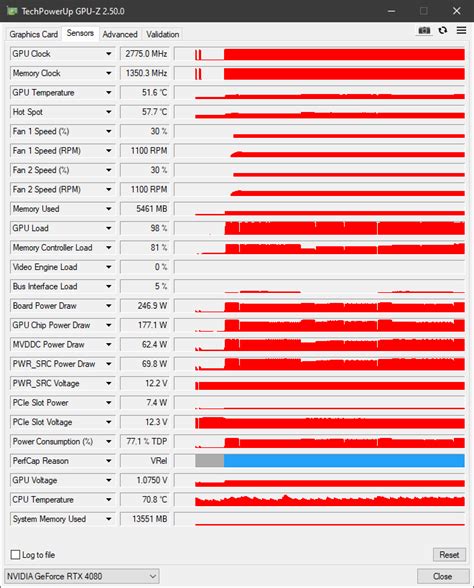Understanding the Importance of Determining GPU Usage
Determining the lifespan and usage history of a graphics processing unit (GPU) is crucial when buying a used GPU or troubleshooting potential hardware issues. Various factors can affect a GPU's performance and lifespan, including overclocking, temperature, and overall usage. In this tutorial, we will guide you through the different methods and techniques to determine how long a GPU has been used.
Examining the Physical Condition

Examining the physical condition of a GPU can provide valuable insights into its usage history. Start by closely inspecting the card for any signs of wear and tear, such as scratched surfaces, dust accumulation, or bent components. Additionally, check for any missing or damaged parts, loose connections, or signs of previous repairs. These indicators can give you a general idea of whether the GPU has endured extensive usage.
Monitoring GPU Temperatures

Monitoring GPU temperatures is another effective method to determine how long a GPU has been used. Over time, GPU usage can lead to increased heat generation, which affects the temperature levels. Begin by installing monitoring software like MSI Afterburner or HWMonitor to track your GPU's temperature during prolonged usage periods. Higher temperatures may indicate that the GPU has been subjected to intense usage for an extended period, potentially shortening its lifespan.
Investigating Overclocking Data

Overclocking refers to the process of running a GPU at higher frequencies than the manufacturer's specifications. This practice can significantly increase a GPU's performance but may also lead to accelerated wear and tear. To determine if a GPU has been overclocked, you can check for any signs of aftermarket cooling modifications, such as custom cooling solutions or liquid cooling setups. Additionally, accessing the GPU's settings and examining the core clock and memory clock speeds can provide insights into any previous overclocking efforts.
Reviewing System Logs

System logs can offer a wealth of information about a GPU's usage history. These logs contain records of various system activities, including GPU usage timestamps and error reports. To access system logs in Windows, navigate to the Event Viewer by typing "event viewer" in the search bar. Once opened, select the "Windows Logs" section and then choose either "System" or "Application" based on the specific logs you need to review. Look for any patterns, error messages, or recorded events that might indicate prolonged or intensive GPU usage.
Inspecting the GPU's Warranty

Checking the GPU's warranty is another way to determine how long it has been used. Most GPUs come with manufacturer warranties, and knowing the start date of the warranty period can provide insight into how long the previous owner has used the GPU. Visit the manufacturer's website or contact their customer support to verify the warranty status using the GPU's serial number or product identification number.
Conclusion
Determining how long a GPU has been used is critical when purchasing a used GPU or troubleshooting potential issues. By examining the physical condition, monitoring temperatures, investigating overclocking data, reviewing system logs, and inspecting the GPU's warranty, you can gather valuable information about the GPU's usage history. Remember to approach second-hand purchases with caution and consider all available data to make an informed decision.
No comments:
Post a Comment